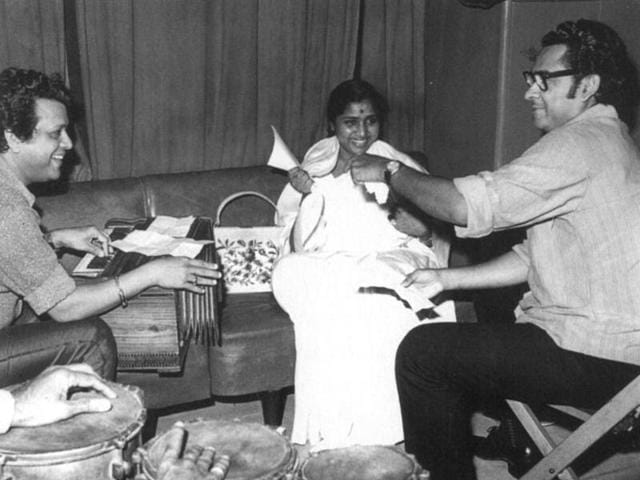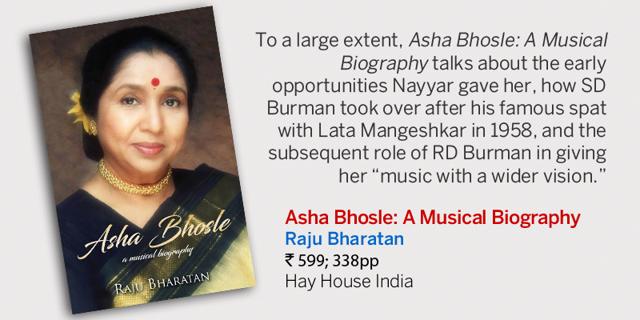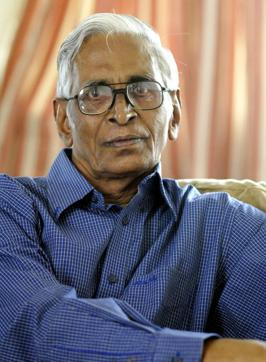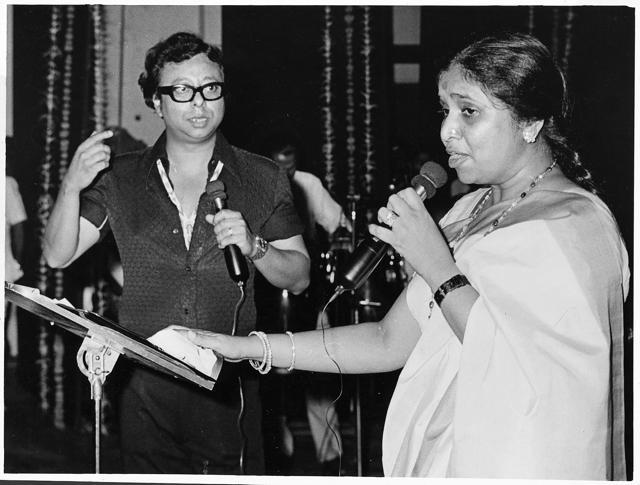Brimful of Asha: Review of Raju Bharatan’s musical biography of Asha Bhosle
Raju Bharatan’s biography of Asha Bhosle deals with different aspects of this supremely talented singer’s music
Right in the prelude, author Raju Bharatan clarifies that the main focus of his new biography of singer Asha Bhosle would be on the roles played in her career by music directors OP Nayyar, SD Burman and RD Burman. “No one has attempted a book that places SD at the ‘traditional’ Asha core while having OP modernizing her, in one era, and RD revolutionizing her in another age,” he writes.


To a large extent, Asha Bhosle: A Musical Biography talks about the early opportunities Nayyar gave her to establish her, how SD Burman took over after his famous spat with Lata Mangeshkar in 1958, and the subsequent role of RD Burman in giving her “music with a wider vision.”
Yet, there’s more to the book than this facet. The relationship and much-talked-of rivarly with Mangeshkar keeps cropping up, and so do factors like the competition she faced from Geeta Dutt, Shamshad Begum, and much later, Anuradha Paudwal. The contribution of other music directors like Ravi and Khayyam receive sizeable sections.

This is Bharatan’s fourth book on Hindi film music. Besides biographies of Mangeshkar and ace music director Naushad, he has penned A Journey Down Melody Lane, which gave an anecdotal insight into music from the 1950s to the 1970s.

While depicting Bhosle’s career, he does not use a chronological approach. Rather, he divides the book into 18 chapters dealing with different aspects related to her music, going back and forth in time. Her personal life, like her earlier marriage to Ganpatrao Bhosle, her relationship with Nayyar, and her later wedding with RD Burman, are mentioned intermittently.
Besides recalling his own experiences of interacting with Bhosle, Mangeshkar and the three music directors, Bharatan also uses excerpts from interviews his late wife Girija Rajendran conducted with Bhosle. In the last chapter, he also talks of when renowned editor Khushwant Singh had accompanied him to meet Mangeshkar at her Prabhu Kunj residence in Mumbai. Bhosle had suddenly come in from the flat opposite, said ‘hello’ and left.

“How sharp is the rivalry between the two sisters? As far as we in Delhi know, Asha is still not a patch on Lata,” Singh had commented. Here, Bharatan writes: “That was the lay person’s impression as late as March 1970. The unvarnished truth - Asha was slowly beginning to close the hiatus between Lata and her.”
The book begins with a chapter on Bhosle’s huge impact on today’s money-spinning generation which makes or breaks idols. Then, he gets into the subject of how music directors like Shankar-Jaikishen, Naushad, Madan Mohan and Salil Chowdhury always preferred Mangeshkar, with only Nayyar grooming her in the earlier phase of her career, and Ravi giving her a major hit in Vachan.
Naturally, there are elaborate sections on the contribution of the three music directors, but Bharatan also illustrates the roles of many others, quoting the exact number of Bhosle sang with each. Her teaming up with Rafi, Mukesh and Kishore Kumar is described at length. While her hits with Rafi in Teesri Manzil are legendary, the Bhosle-RD Burman-Kishore combine, which became extremely popular in the 1970s, is traced from Jawani Diwani and Yaadon Ki Baaraat.

Despite being interesting, a chapter on RD Burman’s approach to background scores may appear like a digression, though Bharatan ultimately talks about how Bhosle adjusted to the composer’s busy schedule. The open challenge posed by Paudwal to the two sisters, and Bhosle’s sudden foray into ghazal territory with Khayyam’s Umrao Jaan are discussed in detail.
Read more: Naushadnama: a must-read for fans of classic Hindi film music
Bhosle’s work in Indipop and remixes come up only in passing. As such, the book’s total emphasis is on her film work. Some of the chapters are a bit long. But for fans of older film music, and especially for admirers of Bhosle, there are numerous anecdotes and analyses to enjoy here.
(Narendra Kusnur is a music journalist based in Mumbai.)





